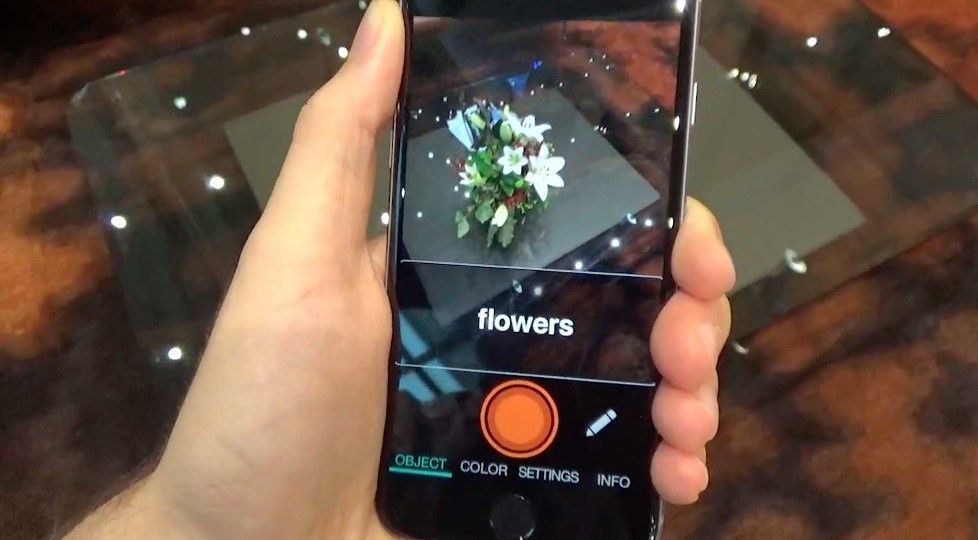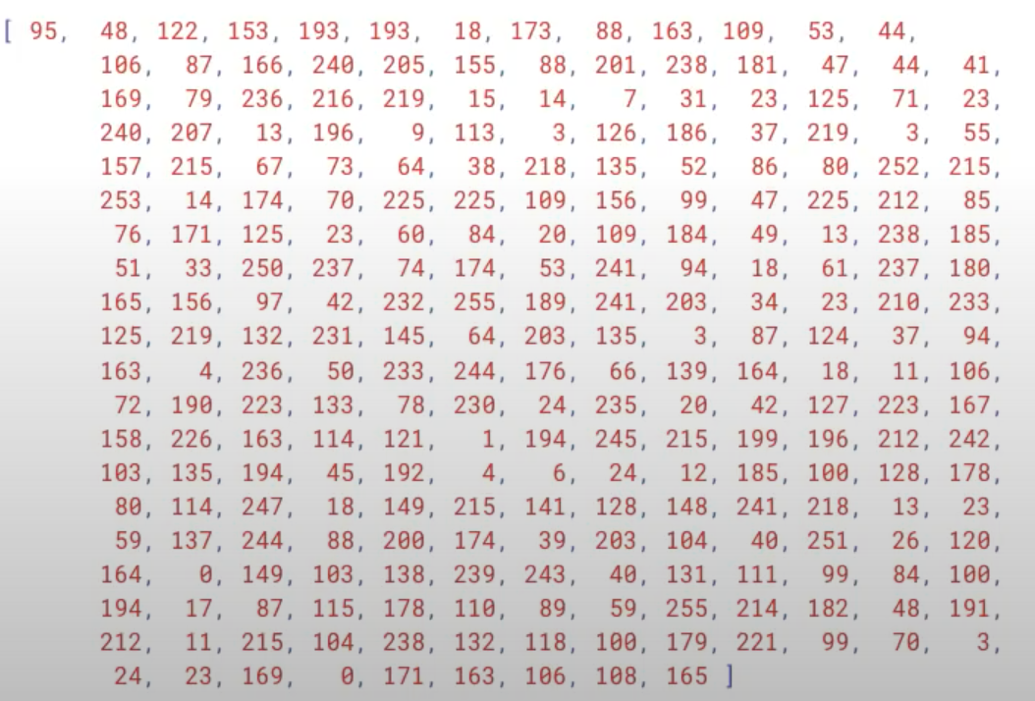Computer Vision: An Advanced Robotic “Brain” That Processes Objects
Have you ever used the object recognition app on your smartphone, such as Google Lens? These are seemingly simple apps that tells you what the object is that the camera is facing.

You might wonder how this works: how can a phone possibly identify an object? The answer is computer vison. A long definition for computer vision is a field of Artificial Intelligence (AI) that enables computers to extract meaningful information from digital images, videos and other digital visual media and then take actions or provide recommendations to users based on that information. A simpler way of understanding computer vision is that it is a technology that enables the computer to recognize people, objects or actions, and perform actions based on that information.
Computer Vision Explained
Take a look at the image below.

As a human being, we can immediately identify this image as a flower. We know because we have seen thousands if not millions of different flowers in a variety of different contexts – from pictures and film to standing in gardens – which has helped us to build an expansive knowledge base that we can use to recognize flowers. Through our extensive exposure, we know automatically this image contains a flower, even if we might struggle to articulate how we know or the criteria we use to form this judgement.
But how does a machine recognize a flower when it has none of the knowledge or experience of a human to draw from- and this image is nothing but a bunch of numbers?

That’s where computer vision comes in. Computer vision uses algorithms that mimic the visual recognition capabilities of the human brain to interpret and give meaning to these numbers. To do so, it requires a huge amount of data – in this context, a lot of images of flowers - so that the model can be trained to capture the patterns and trends behind these numbers that enable it to recognize the target.
But this novel example of using smartphones to recognize flowers is just the beginning. Computer vision can do a whole lot more.
Computer Vision in real life
There are some promising use-cases for computer vision that promise to be revolutionary for different industries. Here are some examples that illustrate the variety of different use-cases:
Computer vision in automotive:
Computer vision is one of the core technologies powering the reality of driverless vehicles. But driving is an exceptionally complex task that requires continuous awareness, the ability to make sound judgements and react to changes in real-world conditions in fractions of a second. Computer vision is responsible for enabling the vehicle to quickly and accurately recognize objects and events in the surrounding environment and informing action based on what is detected, such as stopping if it detects a pedestrian.
Computer vision in retail, e-commerce and web search:
Have you ever been in a situation where you’ve seen a picture of an item that you like, but don’t know the brand or where to find it – and your best attempts to describe the item yield unsatisfying results? Well, tools such as Google Lens use computer vision that offer customers a completely new way to find things online using image-based search. Simply take a photo or upload an image and Google will cross reference it against their extensive database and direct you to the most relevant search results.
Computer vision in manufacturing:
Industries such as manufacturing boast numerous opportunities for computer vision. On the production line, CV systems can be used to orient and guide the positioning of tools and machinery by identifying the location of an object and using this information to position the tool relative to perform the tasks. The information may need to be as precise as millimeters or micrometers (for manufacturing objects such as circuit boards) which both human eyes and hands would struggle with). At quality control stage, computer vision can be used to identify defects in items or components, both aesthetic and structural. These systems can even classify the defect according to type, severity and extent – and make a judgement as to whether the defect is acceptable or needs to be rejected.
What’s required for computer vision to succeed?
At the core of computer vision lies the idea that computers, like humans, can perform incredibly useful tasks when they are able to see and act on visual information. Given our world is so dependent on processing and understanding visual information, computer vision can be adopted in almost every aspect of our life and has a very promising future. But for computer vision applications to perform accurately and consistently, there are a few things required. Firstly, it’s critical to have a vast and representative dataset that can be used to train an AI system. Going back to our flower example, consider that flowers are diverse in terms of colours, shapes, sizes and even locations that they can be found. Therefore, the data that is used to train the algorithm must be equally as diverse and representative to perform accurately and consistently in real life. In other words, if you only train an algorithm on images of daisies, you may find it struggles when exposed to images containing roses or rhododendrons, or may only recognize flowers that are in vases rather than gardens. Secondly, an algorithm is required that can identify trends and patterns within the data and ultimately perform the task, whether that be recognizing flowers, identifying faces or proximity between certain objects.
Conclusion
Computer vision is a technology that allow computers to recognize people, objects and actions, and which can be tailored to several commercial contexts industries, such as smart manufacturing. As with any application of AI, the pre-requisites for success will be lots of high-quality data, a well-defined task, and an algorithm capable of performing that task. Applications of computer vision are growing faster than ever – but there is still plenty of untapped potential left to explore and hidden opportunities to be discovered.
The team at brainpool.ai is dedicated to helping you achieve your business goals using data and AI. Connect with us at [email protected] to discuss how we can help.
